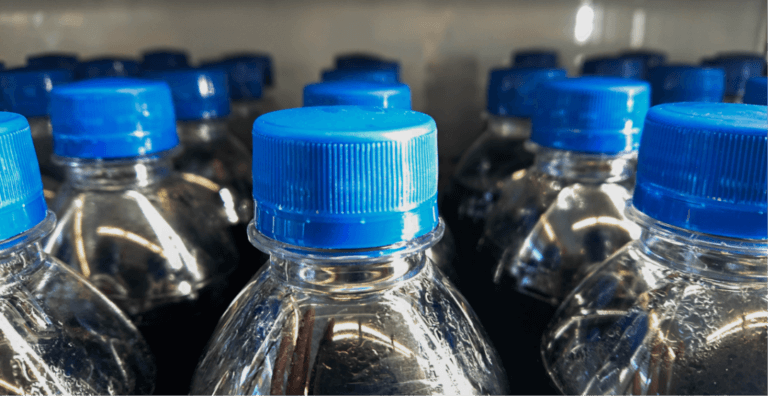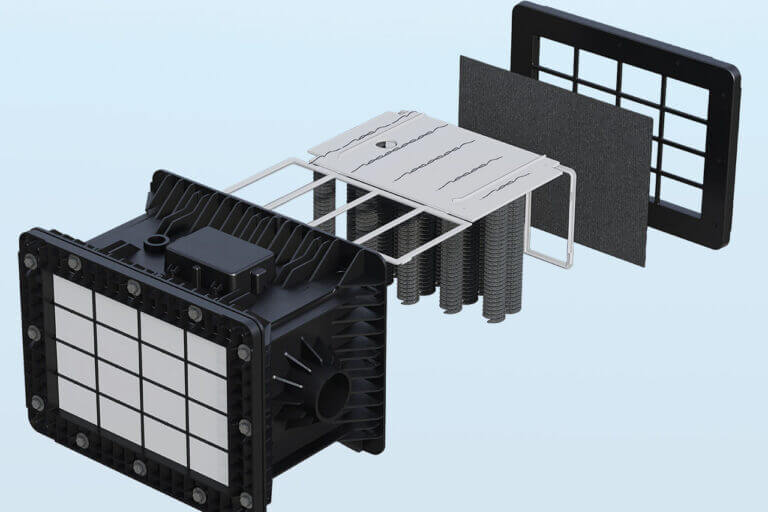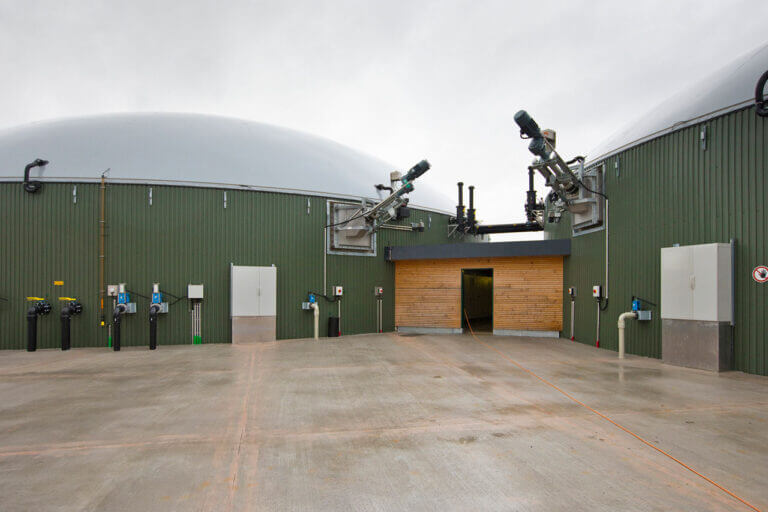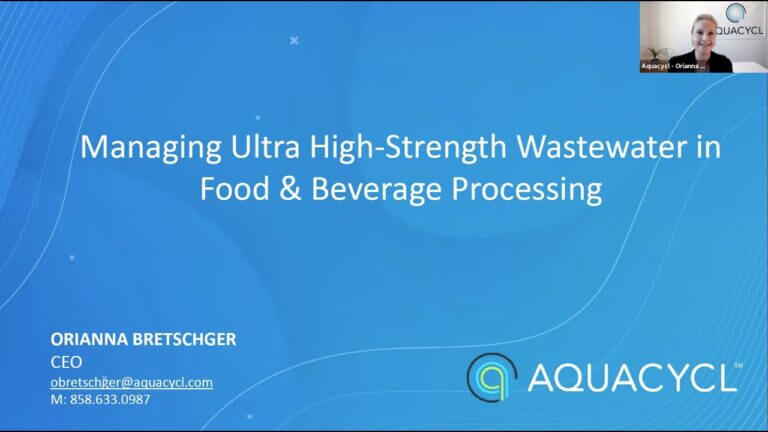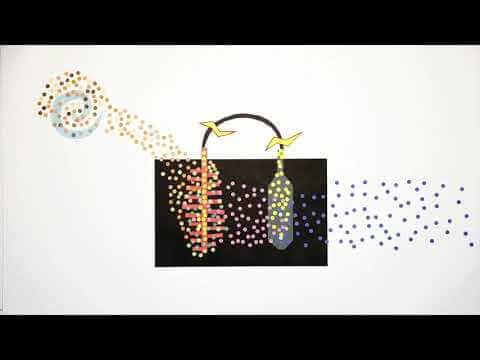In the last decade, companies have woken up to the fact that climate change presents increased risks and ultimately bottom line costs, if it’s not already. But even without climate change, the world hasn’t done a great job at protecting its water resources. Poor policies, mismanagement, pollution, and aging infrastructure have all been contributors. Sustainable water and wastewater practices in particular are being revisited by companies as a true long term investment. For companies that produce large amounts of wastewater at their industrial facilities, implementing sustainable practices doesn’t have to be an expense. In fact, it could actually save them significant amounts of money every month.
Bad policies affect freshwater availability
Freshwater makes up just 2.5% of the planet’s water supply, most of it being held in glaciers. An already scarce resources is further affected by inconsistent and inefficient processes along the supply chain such as:
Overallocation and withdrawal of freshwater
Overallocation and excessive withdrawals of freshwater resources have long been a root cause of the declining state of many of the world’s rivers, lakes, and aquifers. With rising populations, agriculture and burgeoning industrial demands, vast amounts of water are constantly being drawn from these sources, often at rates that surpass their natural replenishment. This not only threatens the immediate availability of freshwater for daily consumption but also poses dire consequences for the environment, including loss of biodiversity and altered ecosystems, as well as business risk for companies operating in water scarce areas.
A notable example in the US is the Colorado River which has allocated rights to seven U.S. states, 22 tribes and Mexico. Due to excessive withdrawals for agriculture, urban areas, and other industries, it has been drying up. The river now rarely reaches the sea, leading to significant ecological and agricultural consequences.
Aging Infrastructure
The world’s water infrastructure – the networks of pipes, reservoirs, and treatment plants – is largely a testament to engineering feats from a century or more ago. As these systems age, they become increasingly inefficient and prone to leaks, with millions of gallons of precious freshwater lost daily. These losses further strain freshwater availability and intensify the competition for limited resources. In many cities, budgets have not kept pace with maintenance and upgrades, leading to infrastructure that hasn’t kept pace with growth and the needs of the community. Corporations will be the first to feel this crunch, as utilities will start to impose stricter discharge limits and higher surcharges. Industrial dischargers are large water consumers and wastewater dischargers, thereby placing a higher strain on the utility in terms of concentrations and flows.
Moreover, old infrastructure can lead to contamination issues, endangering public health. Flint, Michigan, became notorious for its water crisis that began in 2014 when a change in water source led to lead contamination, primarily due to aging pipes and infrastructure.
Lack of sustainable wastewater management practices
The importance of sustainable wastewater management can’t be overstated. Without it, untreated wastewater often finds its way into natural water bodies, carrying with it pollutants and pathogens that can devastate aquatic life and render the water unsafe for human consumption. Additionally, by not treating and reusing wastewater, we miss out on a valuable opportunity to reclaim water, easing the strain on freshwater sources.
In many parts of India, untreated sewage flows directly into rivers. For instance, the Ganges River, considered sacred by millions, has been severely polluted due to the discharge of untreated wastewater, leading to severe health risks for those who depend on it.
Companies in the water and wastewater technology sector are pioneering solutions to address this gap, developing new approaches to treatment that not only purify water but also recover valuable by-products, making wastewater management both an environmental and economic boon.
Water pollution from agricultural runoff
Agriculture is vital for food production, but its intersection with water sources has often been problematic. Agriculture accounts for an average of 70% of freshwater withdrawals, and has been over-abstracted in many areas. The unchecked use of fertilizers and pesticides can lead to runoff that contaminates rivers, lakes, and groundwater, exacerbating the challenges of freshwater availability. Nutrient-laden runoff can cause algal blooms, which deplete oxygen levels in water, leading to the death of aquatic life. This not only impacts biodiversity but also affects local communities who rely on these water bodies for drinking and other needs.
In the United States, the Mississippi River collects nutrient runoff (like nitrogen and phosphorus) from various agricultural activities across its basin. This runoff eventually drains into the Gulf of Mexico, leading to a “dead zone” or hypoxic zone, where oxygen levels drop so low that most marine life can’t survive.
Sustainable practices make a difference
Companies implementing sustainable practices aren’t just checking a box for investors. According to CDP, companies are already losing billions due to stranded assets, caused by changes in water regulations, high levels of pollution, and community opposition. And this is only going to get worse, with up to $301B of assets at risk due to water risks. Smart processes to mitigate water scarcity have a real impact on the environment as well as a company’s bottom line.
These sustainable water practices go beyond their fence line into their supply chain and surrounding watersheds within which they operate. For example, most CPG companies are investing in supporting their farmers with regenerative agriculture practices, which prioritizes water conservation by employing practices that minimize usage and maximize efficiency. It emphasizes soil health, utilizing techniques like cover cropping, crop rotation, and organic matter addition to enhance water retention capabilities, reduce erosion, and prolong water retention. Efficient irrigation methods such as drip irrigation or micro-sprinklers are promoted, minimizing evaporation and runoff, while soil moisture monitoring systems optimize irrigation schedules.
Alongside regenerative agriculture, restoration activities like wetland protection, reforestation, and stream bank restoration enhance water infiltration, replenish groundwater reserves, and maintain the overall ecological health of the watershed. By safeguarding these essential components of the watershed, the flow of water can be regulated, reducing flood risks and ensuring a sustainable water supply.
Real world examples of addressing water scarcity
At the national level, Singapore has implemented remarkable initiatives to diversify its water supply and reduce its reliance on imported water. Given its limited land area and lack of natural freshwater sources, Singapore recognized the need for innovative solutions to ensure water security for its population. The country’s efforts to diversify its water supply can be summarized through three main strategies: water importation, local catchment and reservoirs, and advanced wastewater treatment.
Singapore has implemented an impressive system of local catchment and reservoirs to capture and collect rainwater. Over two-thirds of the island’s land area is dedicated to water catchment, allowing rainfall to be collected and channeled into reservoirs. The Marina Barrage, a dam across the Marina Channel, serves as both a water catchment area and a freshwater reservoir, enhancing Singapore’s water supply resilience.
Also, Singapore has pioneered advanced wastewater treatment technologies, notably the “NEWater” initiative. This initiative involves treating wastewater to ultra-clean, high-grade reclaimed water standards through multiple advanced treatment processes, including microfiltration, reverse osmosis, and ultraviolet disinfection. The reclaimed water, branded as NEWater, undergoes rigorous monitoring to ensure its safety and quality before being used for various purposes, including industrial processes and indirect potable use.
Singapore’s comprehensive approach to diversifying its water supply has been highly successful. Today, the country meets a significant portion of its water demand through local catchment, NEWater, and desalinated water. These efforts have not only bolstered Singapore’s water security but have also fostered a culture of water conservation and sustainability among its population.
In other sectors, nonprofits like Ceres are making an impact with their Valuing Water Finance Initiative (VWFI). VWFI is a global investor-led effort to engage companies with a high water footprint to value and act on water as a financial risk and drive the necessary large-scale change to better protect water systems. The initiative calls on companies to meet six Corporate Expectations for Valuing Water that align with the United Nations’ 2030 Sustainable Development Goal for Water (SDG6) and the actions laid out in the Ceres Roadmap 2030. The VWFI was launched in August 2022 and currently engages 72 companies with large water footprints.
The VWFI is a collaboration between Ceres, a non-profit organization that works with investors, companies, and other organizations to address sustainability challenges, and the Investor Water Disclosure Project (IWDP), a coalition of investors that works to improve corporate water disclosure. The VWFI is supported by a group of 64 signatories representing $9.8 trillion assets under management.
How Aquacycl Helps
One way to address water scarcity is by addressing your wastewater management, Aquacycl has built an onsite wastewater treatment system to help companies improve water discharge quality and enable onsite water recycling.
The use of Aquacycl technology and equipment by Aspen Distillers is an excellent case study that demonstrates the business and environmental value of these installations. Here, Aspen Distillers uses BETT to treat the high-strength process wastewater, with the effluent going to irrigation on the adjacent farm. Their goal is to become one of the most sustainable distilleries in the world and Aquacycl is helping them do this through bringing wastewater treatment onsite, which reduces greenhouse gases (no trucking or methane production), lowers their energy consumption for treatment, and addresses water scarcity by allowing for water reuse through irrigation.
By building onsite wastewater treatment systems, Aquacycl is helping companies address water scarcity by enabling onsite reuse of their wastewaters. More than that, we ensure the water discharged from our system meets permit compliance and is safe to enter the sewer, along with reduced treatment costs and greenhouse gas emissions.
Contact Aquacycl Today to Learn More
Interested in learning more about how your business can help to solve the water scarcity issue? Give our team at Aquacycl a call today to schedule a personalized consultation regarding your business and see for yourself just how much water and money you can save.





